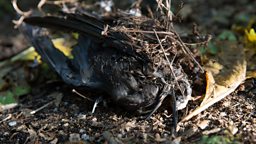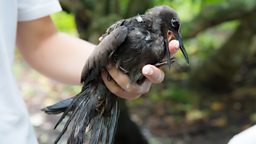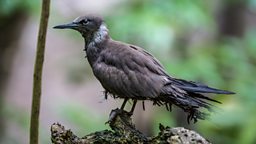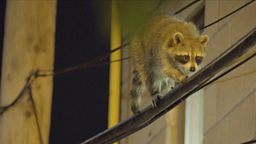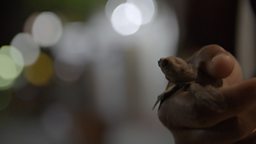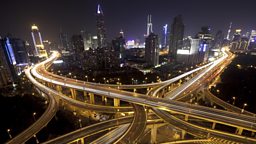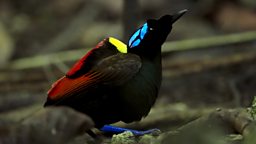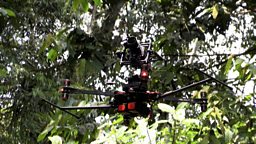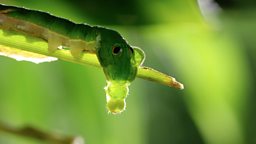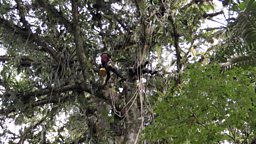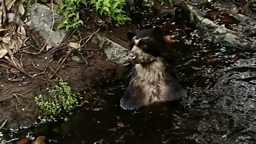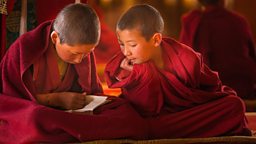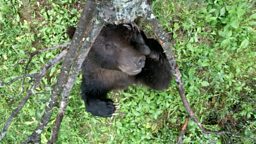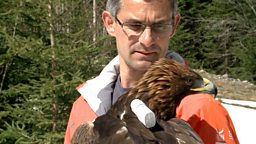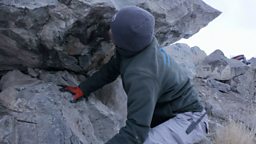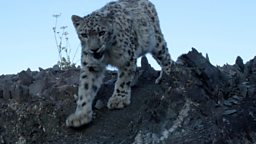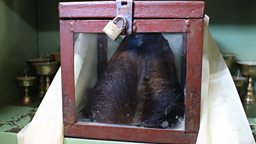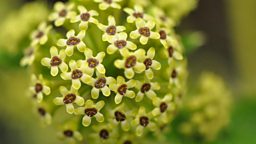The island paradise with a dark heart
Warm seas, relatively constant conditions and few mammalian predators make tropical islands seem like paradise for wildlife to live, yet some of the darkest tales can be found on these apparently benign-looking shores.
One of the most poignant stories filmed for Planet Earth II was the tale of the birdcatcher tree (Pisonia grandis) – known locally as the mapou tree. Pisonia grows on remote islands all across the Indian and Pacific oceans. Their trick for dispersal is to grow sticky seeds, armed with tiny barbs, that stick to the feathers of seabirds which inadvertently spread them as they move between islands.
At a time where seabird numbers across the world are in serious decline, helping them through this first hurdle of life is a key way to conserve them
The chosen destination for this story was the Seychelles where, twice yearly, the Pisonia trees flower and fruit. The timing – through years of evolution – coincides with peak seabird traffic to the island: the arrival and fledging of the noddy terns. Lesser noddy terns use the Pisonia for nesting, but when the young noddies fledge the impact of the Pisonia can be devastating.
Every year hundreds of thousands of seabirds become tangled and entrapped. For a tiny seabird weighing just 100g, just a few seeds can be enough to ground it. Many young fledglings starve to death.
But for one bird, at least, there was a happy ending. The fledgling brown noddy featured in the ‘Islands’ film, entangled with seeds across its chest and tail, was filmed on a private island called Cousine. On that island the conservation officers have a policy of catching entangled birds and carefully cleaning them – removing all of the seeds, and putting them back in a tree, away from harm's reach.
At a time where seabird numbers across the world are in serious decline, helping them through this first hurdle of life is a key way to conserve them and a basic act of kindness.
